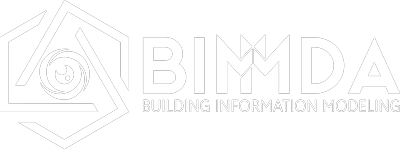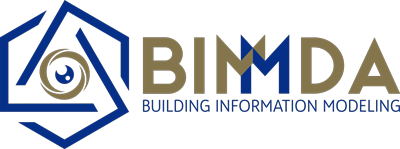What is BIM?
There are several definitions of what is BIM.
Building Information Modeling - BIM it is a set of policies, processes, and technologies that, together, generate a methodology to manage the process of designing a building or installation and rehearsing its performance, managing its information and data, using digital (virtual object-based) platforms through throughout your life cycle.
BIM it is a progressive process that enables modeling, storage, exchange, consolidation and easy access to the various groups of information about a building or installation to be built, used and maintained. A single information platform that can meet the entire lifecycle of a constructed object.
BIM it is a new platform for information technology applied to construction and materialized in new tools (software), which offer new functionality and that, by modeling the design data and specifying a building or installation, enable current processes. , document-only, are performed in much more effective (model-based) ways.
What is not BIM
As BIM begins to gain more importance and relevance in the marketplace, initiatives also emerge that could be described as BIM wash. That is, a process similar to what happened a few years ago with the so-called green technology, when the term green wash was used to distinguish and define false and opportunistic initiatives from the true proposals for sustainable solutions, which had real environmental preservation goals.
Some solutions already circulate in the market dressed as BIM solutions. This is why it is important to address some points that can help in the process of discerning what is BIM and what is not BIM.
NOT EVERYTHING THAT IS 3D IS GOOD. BUT IF IT'S GOOD, IT WILL BE 3D:
Solutions that only allow modeling and 3D graphical visualization of a building or installation using objects that do not include information other than their own geometry cannot be considered as BIM solutions.
SOLUTIONS THAT USING MULTIPLE 2D REFERENCES (DRAWINGS OR DOCUMENTS) EMULATE THREE-DIMENSIONAL MODELS:
These types of software do not allow the automatic extraction of quantities, do not perform automatic updates, or even allow to perform simulations and analysis.
3D SOLUTIONS THAT ARE NOT BASED ON PARAMETRIC AND SMART OBJECTS:
There are some solutions that are capable of developing three-dimensional models of buildings and installations, but which do not use parametric and intelligent objects. Although these models look very similar to those generated by BIM solutions, the changes and modifications - which are common and predictable, considering the entire evolution and natural maturity of a project, or during the coordination processes between different disciplines (architecture vs. structures). X installations, for example) - are very laborious. They end up taking many hours of work and, as the quality level depends solely on the user's attention, they become much more passive of errors and inconsistencies. In other words, any changes or positioning of objects in a work in progress are difficult, time consuming and not automatic.
SOLUTIONS THAT DO NOT MAKE AUTOMATIC UPDATES:
For revisions and changes made to a particular view, some non-BIM software will not automatically update other views and reports of the same project or work in progress. In this case, the user needs to execute specific commands, and if by mistake this does not happen, part of his work may present inconsistencies and errors.
3D SOFTWARES AND SOLUTIONS THAT DON'T ACT AS INTEGRATED DATABASE MANAGERS ARE NOT BIM
In BIM solutions, the three-dimensional model of a building or facility that can be viewed and handled on a computer screen is one of the possible ways to 'see' the set of data and information that make up that building or facility. BIM offers other ways to 'view' this same data, such as lists, tables, spreadsheets, etc. In addition, if the user makes any changes to information, for example in a table, it will be immediately and automatically reflected in all other visualizations. Changing a table, for example, the width of a particular type of door, inserted and repeated in various environments of a model, will automatically change three-dimensional images in environments where the door has been represented. In other words, because BIM software works as integrated database managers, it does not matter what display format is used when performing a modification or revision; The system should automatically update all other possible organizations or views of the data, whether three-dimensional images, tables, reports or documents.


